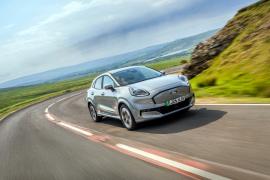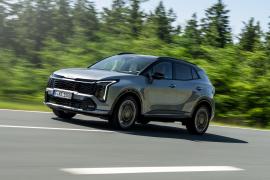Ford’s CEO isn’t sold on Apple CarPlay Ultra – but here’s why I think he’s wrong
Ford’s boss isn’t convinced by Apple CarPlay Ultra, but after trying it myself, I think he’s missing the point
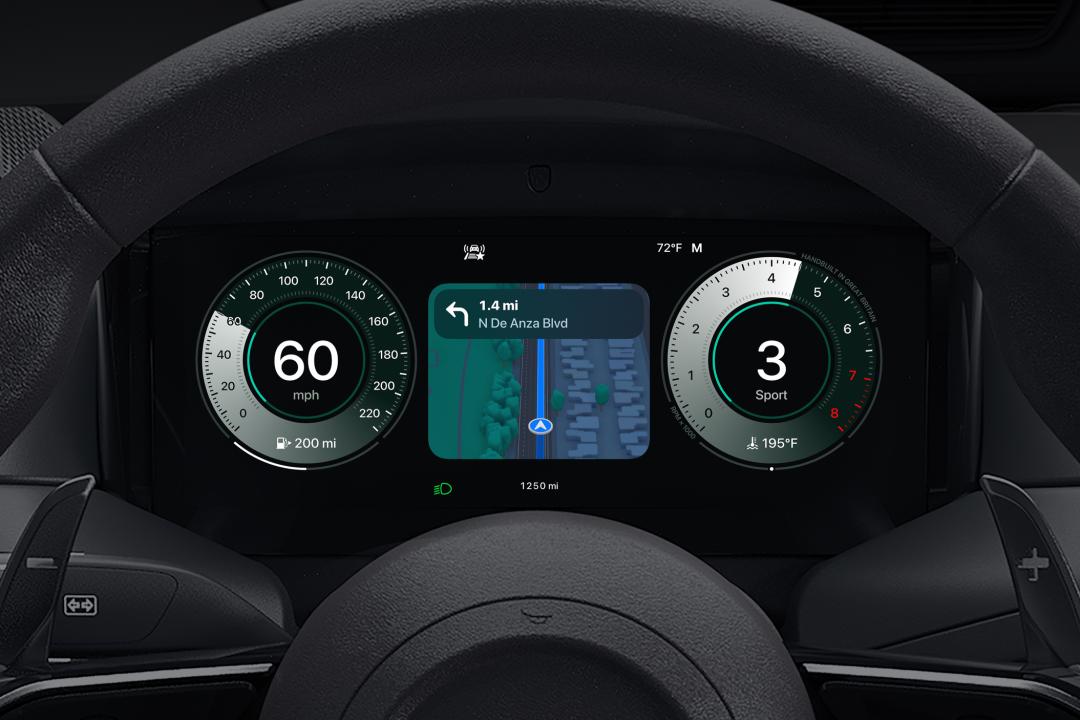
Jim Farley is a smart guy. Ford’s CEO has done a lot right – from pushing electric vehicles like the Mustang Mach-E into the mainstream to keeping Ford’s tech ambitions grounded in reality. But in his recent interview with Decoder, when asked about Apple’s new CarPlay Ultra, his hesitation felt oddly familiar.
Farley said Ford “doesn’t like the execution of Ultra in round one” and questioned whether Apple might try to control too much of the driving experience. He even asked whether Apple might one day “limit the speed” of a car or decide who can start it. That’s a pretty dramatic leap – and one that misses what CarPlay Ultra actually is.
Let’s be clear: Apple CarPlay Ultra doesn’t control your car. It’s not starting the engine or setting your speed limit. It’s essentially a skin – a user interface that sits on top of the car’s system. Think of it as your iPhone’s personality projected onto your car’s screen. It takes over the display, yes, but the underlying controls still belong to the manufacturer. You can still dive into the car’s menus for any settings Apple doesn’t support.
I’ve used CarPlay Ultra in an Aston Martin DBX, and the integration is impressively slick. The digital cluster and main screen work seamlessly with Apple Maps, Messages, Music, and Siri. It feels cohesive, polished, and fast – three things you can’t always say about most built-in car software. If you want to tweak something more specific, like changing the ambient lighting or suspension settings, you can still do that via a simple “punch-through” menu that takes you straight to the car’s native controls. It’s not restrictive; it’s intuitive.
And that’s where I think Farley’s argument starts to wobble. He’s suggesting a zero-sum choice between Apple’s experience and Ford’s own Digital Experience (which is based on Android Automotive). But the beauty of CarPlay Ultra is that it doesn’t need to be either-or. It’s designed to coexist – giving drivers the choice of Apple’s familiar interface while still preserving all the car’s built-in systems underneath.
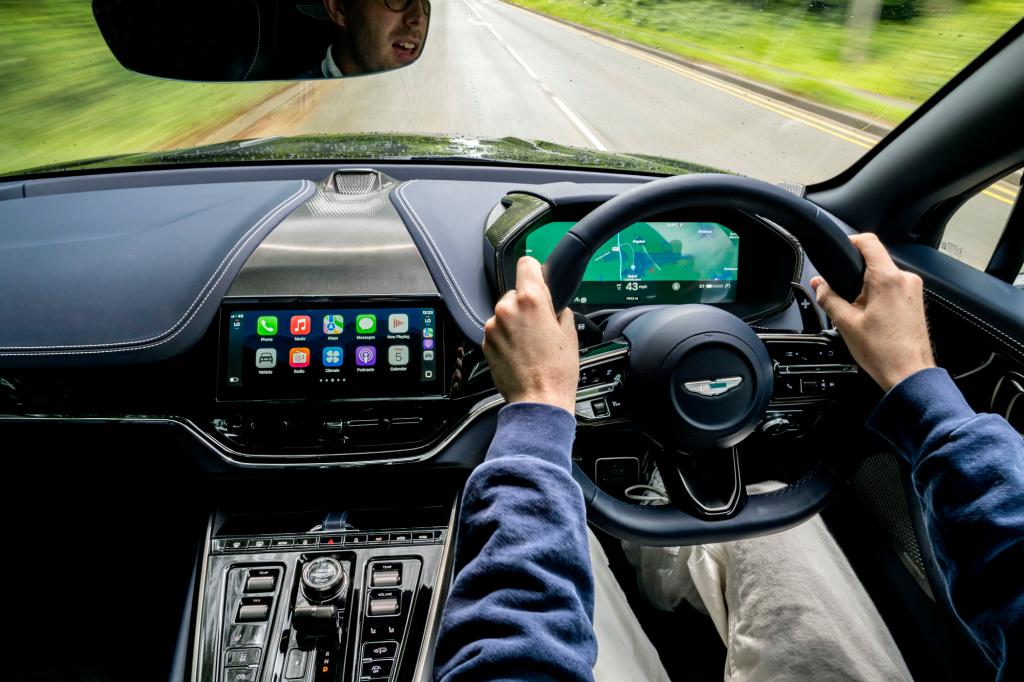
Farley’s concern about Apple wanting to “control the entire experience” isn’t new either. We heard the same thing from carmakers when the original CarPlay and Android Auto launched nearly a decade ago. Back then, automakers fretted about losing the customer relationship or giving away valuable dashboard real estate. Fast forward to today, and nearly every mainstream car includes both by default – because customers demanded it.
That’s the key point: people want CarPlay. For many, it’s a deal-breaker. The Decoder interviewer even said one of the main reasons she bought a Mach-E was because it did have CarPlay. That should tell you something.
The truth is, Apple’s execution in the car is often better than what carmakers manage on their own. Apple’s software design, performance, and ecosystem integration are hard to match. Carmakers like Ford, GM, and Hyundai build cars brilliantly – but software isn’t their first language. And that’s fine. Let Apple handle the interface and let Ford focus on the driving. That’s a partnership, not a surrender.
Farley also made a fair point about ADAS (advanced driver assistance systems) and the need for deep integration between autonomy and infotainment. Of course, a third-party app shouldn’t handle the system that might one day “save your life.” But again, CarPlay Ultra isn’t doing that. It’s managing your navigation, calls, and music – not your lane-keeping or adaptive cruise control. I’m struggling to see the conflict there.
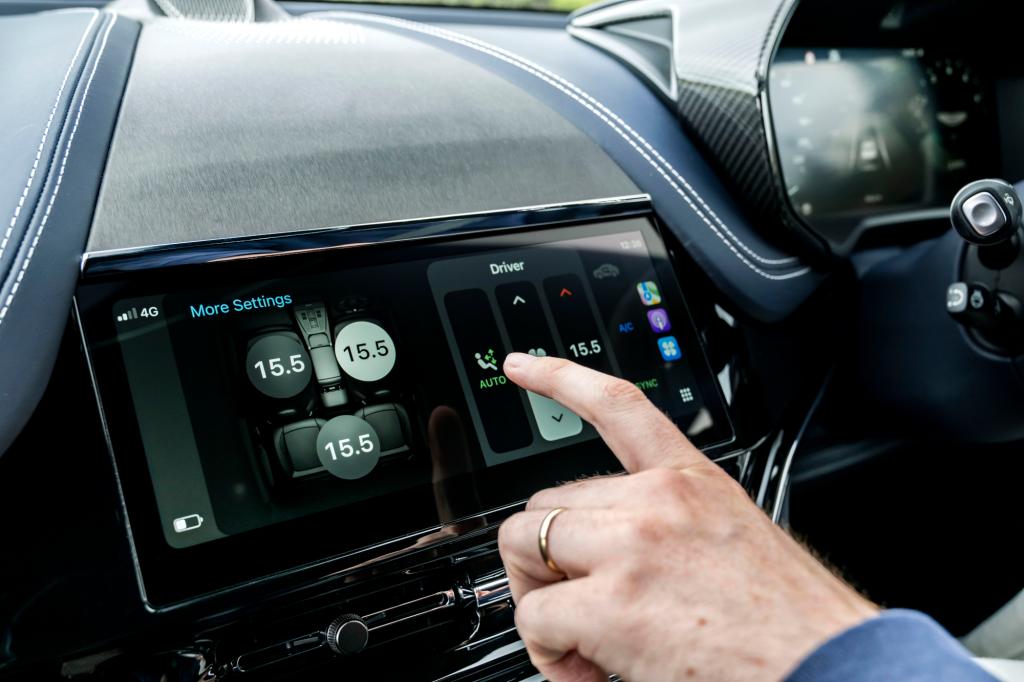
Ford’s “Digital Experience” ambitions are promising, and I’m all for in-car AI companions and intelligent trip planning. But that shouldn’t come at the cost of removing what customers already love. If anything, Ford could build its innovations around CarPlay Ultra – layering on features for driver assistance, subscriptions, or connected services that complement Apple’s interface.
CarPlay Ultra isn’t a threat to automakers’ control; it’s a way to make their cars more appealing. It’s what people expect now. We’ve seen this cycle before – initial resistance, gradual acceptance, then ubiquity.
So yes, Farley is right to think carefully about data, safety, and customer experience. But on this one, I think he’s overthinking it. Drivers don’t want Ford or Apple to own their experience – they just want it to work. And right now, Apple’s CarPlay Ultra simply works better than most car software on the road.
Liked this? Best affordable EVs reviewed and rated
